
Designers of Different Generations Look at the Future of Design
In order to make forecasts for the future, the one has to clearly understand the underlying laws and regularities of the presence. So, we invited four prominent figures from design industry to share their visions of the future of design, both in the immediate and in the long-term perspective. The topic is so broad, that each of them chose the area of focus he or she relates to the most. And another important note: our four interviewees represent different generations within the age range from 70 to 27 years.
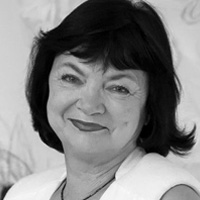 Tatiana Rogova Director of the "Details" design school, 70 years
Tatiana Rogova Director of the "Details" design school, 70 years
In my opinion, one of the most important changes we’re currently witnessing is the change in the tastes and preferences of our customers. It’s highly unlikely the someone in the modern age may stumble upon an idea to order an interior in the Romani Baroque or Provence style (and I’ll never get tired of repeating that such style has never existed at all!). Indeed, the tastes and needs of the customers are changing, which results in a slow, but inevitable changes in design projects brought to the general public notice.
The concept of so called “contemporary classics” is also receding into the past. Sure enough, the classics will live forever, but anything contemporary must first pass the test of time. Off course, any professional designer should have the necessary skills to properly utilize the classic legacy, should know how to draw inspiration from such legacy, but at the same time create something new, not something borrowed or a kind of copy! As for the styles that are likely to establish themselves in the future of interior design, our prediction capabilities are limited to merely educated guess. Let’s, for example, take a look the creative path of the great Dutch designer Axel Vervoordt. He had initially started as antiquarian, even Maestro Antiquarian, and eventually came up with his concept of such a wise simplicity only in the last decade, when he learned how to free himself from everything unnecessary, vain and unavailing! A strive to the simplicity, liberation from the burden of beautiful or at least seemingly beautiful things, liberation from materialism after all – that’s how I see the design of the future. Hoarding is an attribute of poverty. Eventually, you may always feast your eyes on the fine art at the museum!
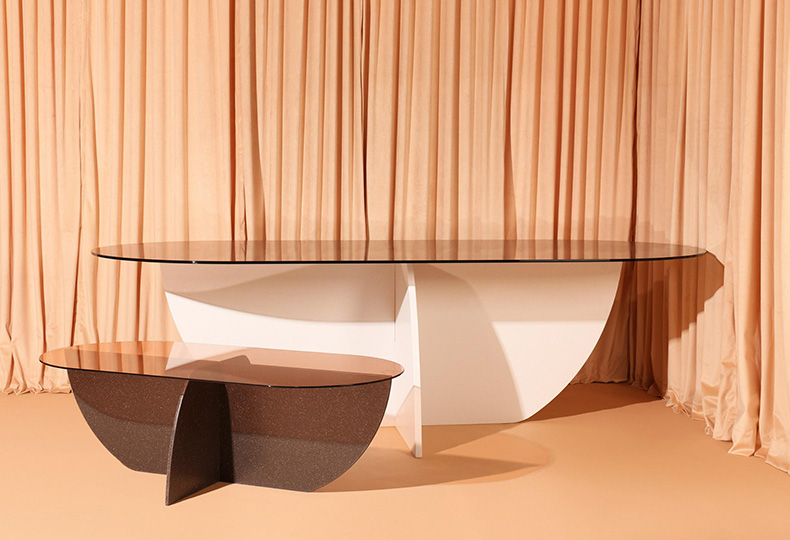
Tables with a base made from recycled material, Yield
THE IDEAL VISION OF THE FUTURE DESIGN IS HARMONIC COMBINATION OF INTERIOR AND EXTERIOR, REUNION WITH THE NATURE.
It’s obvious that there’s growing demand for the living spaces in the open air. Therefore, designers and design project authors are required to possess the skills and the expertise necessary master the IN/EX concept or initiate creative collaboration with the landscape artists and landscape designers.
The materials available to us as a gift from nature, such as wood, stone, linen, silk and wood, will become more and more valuable, since their reserves aren’t unlimited, and importance of environmental issues, including the responsible usage of natural materials, will grow inevitably. This results in a necessity to master the new manmade furnishing options, which is absolutely imperative, especially when it comes to the public projects.
The purpose of separate premises inside the city apartment or the country house also undergoes significant changes. Why would we need the advanced kitchen technologies with complicated home appliances, if we barely cook at home? Whether we want or not, the kitchen gradually transforms into a dedicated space for family communication among both children and adults. In modern apartment projects, the bathroom is often connected with the bedroom. Sure, not every customer will accept such a daring solution, but the bedroom connected with the bathroom ultimately acquires some novel senses. Due to the prevalence of remote electronic data processing technologies, the library-styled workplaces aren’t relevant anymore. A new appearance is also given to the children’s rooms.
EVERYTHING SAID ABOVE ISN’T MERELY A VAGUE PREDICTION BY DESIGN SCI-FI WRITER, IT’S A REFLECTION OF PROCESS THAT OCCUR IN THE INTERIOR DESIGN FIELD ALREADY TODAY.
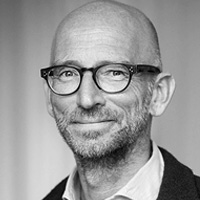 Christian Sieger CEO and marketing Director of the German company sieger design GmbH & Co. KG, 52
Christian Sieger CEO and marketing Director of the German company sieger design GmbH & Co. KG, 52
I think, in the near future the designers will continue to address the relevant issues of the present. For example, we’ll probably continue to develop the concept of sustainable design and address other problems we’ve been facing for the last several years.
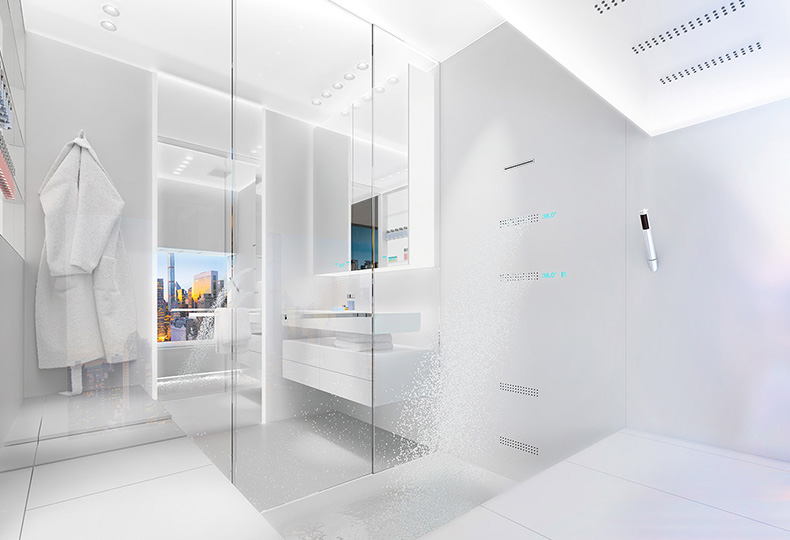
The concept of the Small Size Premium Spa sieger design GmbH & Co. KG
Good design always implies responsibility: responsibility before the environment, the society, the customers and the end-users. Therefore, the design of the future should be viewed as a single integral concept. The human needs and environmental requirements must be integrated into the very process of designing. It’s important to develop the concepts of such products, the production of which would consume less materials and energy resources. Besides that, it’s essential to consider the product durability: we should have a clear understanding of whether it’s feasible to release new series. For example, maybe, it is possible to update the product by adding new finishing and functions. Maybe, we can simply expand the product lifecycle instead of launching new lines. The most environmentally friendly and resource saving products rarely match with the first product we start to produce. Therefore, the most important task is to inspire and encourage people to invest into the better design, the durability and the high product quality.
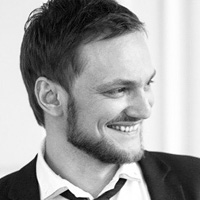 Igor Belyaev interior designer, 37 years
Igor Belyaev interior designer, 37 years
We all are going to live in the augmented reality. For example, the walls will have no color, but everyone will be able to project pictures, colors and images depending on one’s current mood by simply saying the preset voice command to your apartment control system and choose the set of options with decorative elements. Everyone will see the design he or she wants to see and will be able to change it in the real time mode. Within this hi-tech environment, the designer’s task will be to consider various combinations and develop ready-to-use scenarios and solutions for different problems. The interior designer will become the architect of augmented reality. In order to revive such virtual interior, the textures and fragrances will be of utmost importance – a kind of symbiotic relations between the augmented reality and real sensations. Instead of modern smartphones, we will have a microphone in the tooth, a set of lenses in the eye and the tactile scanner in our fingertips – the tools, with the help of which we will control our environment. Oh, and another one, how about a dedicated chipset to record everything going on around you and then replay all these events anytime you want?
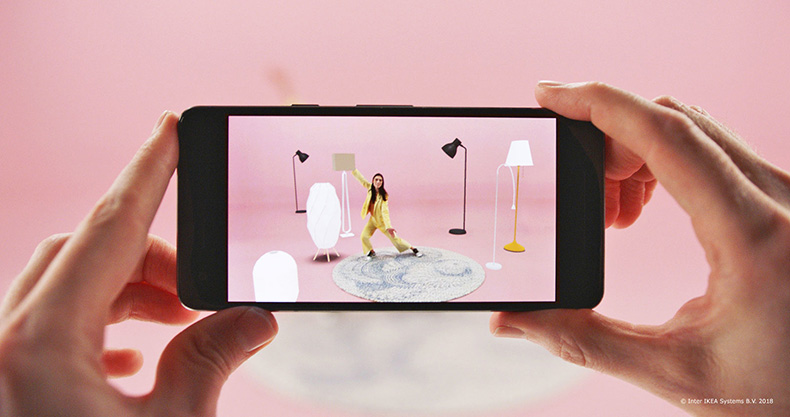
Application for the selection of furniture in augmented reality Place from IKEA
AT THE SAME TIME, WE’LL WITNESS ACTIVE DEVELOPMENT OF THE ARTS AND CRAFTS MARKET.
The craftsmen will design items for people who value the uniqueness and manual labor, want to take a break with technologies. Industrial manufacturers will produce cheap and easily available items in the huge quantity, so it won’t be interesting anymore. On the other hand, the crafts-puncks will prefer the manually created products that will be unique in their imperfection.
As for the object design in general, I think it’s a constantly changing field – the designers always draw something from the past and rethink the old trends. My guess is that soon we will witness return to the gothic style – the items stretch higher, become more grandiose and magnificent. This process has already started and will probably soon unfold to its full force and effect. Sure, it largely depends on location: major cities and small villages develop unevenly, but of course the changes will also affect the countryside. Most likely, we will develop a kind of agglomerations like in Europe, but with our own modern and relevant infrastructure. There, the people will be able to spend some time in the fold of the nature and treat ourselves with natural products. It goes without saying that such transformations must be supported by the sound economic base, but I guess we may soon expect the revival of private sector in the villages.
 Taras Zheltyshev product designer, 27 years
Taras Zheltyshev product designer, 27 years
Recently I’ve noticed distinct geographic demarcation of design styles and trends affecting all design areas from object design to the interior design. I grew up in Siberia, where the most recognizable design probably was the wooden architecture, while the most demanded styles were the classic interiors developed under the influence of local market. In general, these trends also can be witnessed today, but apart from above, the contemporary customers also tend to prefer lofts featuring untreated metal elements, open timber and decorative pargetting resembling concrete, stone or the same old metal. There is also a trend for multiple minimalistic veneer elements, kitchen facades, separate panel pictures, which perfectly fit in both the loft interiors and the warm Scandinavian styles. If you ask me, the Russian designers use too much plywood and hempen pieces – these are easily available materials in our country that always will be widely used in design.
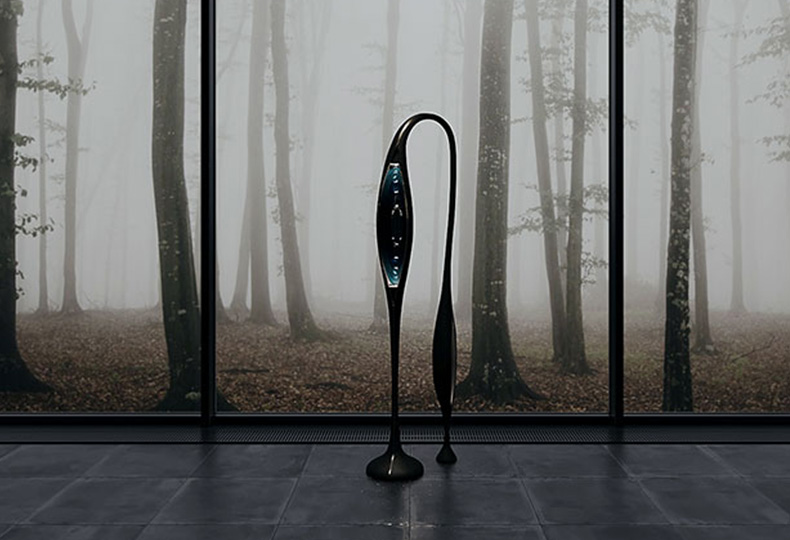
The Senzo lamp concept, Taras zhEltyshev
But on the separate occasions, for example, in the experimental design field, we may witness development of new interesting composite material allowing creation of complicated shapes and colors without unnecessary technological costs. The decorative cover materials, the molded plastics with various properties and the metal alloys. Off course, often the new is actually well-forgotten old, but carefully reshaped and rethought.
MY GUESS IS THAT SOON WE WILL HEAR ABOUT NEW MATERIALS SIMULATING THE NATURAL ORGANICS AND WILL DEVELOP THE INGENIOUS METHODS FOR THEIR PROCESSING.
As for the functional design, there is an increasing demand for smart homes and home automation, which is expected to grow along with reduction of prices for this kind of technologies. There will be more people able to afford this concept, just like in case with any other technology. The design marches step for step with scientific progress, so we also have to follow the discoveries and inventions in the field of technology, medicine, architecture and astrophysics. Design cannot be a cold and calculating matter based solely on the market mechanisms, it also has to incorporate an element of art, serve as a source of knowledge, be imaginary and notorious. Today, the modern fashion trends are dictated by European designers. Their experiments with materials and images soon will become an integral part of design industry as natural as marble, timber, plastics, glass and textiles.
On the cover: illustration Koyoox.

